There are lots of books you could be reading right now, but none are as topical as those on this list. So if you’re looking to get your mind off of COVID-19, pandemics, and the effects of illness on societal structure, maybe these aren’t for you. But if you’re looking for smart, academic takes on the viruses and diseases that changed our world before COVID-19—and where we can go from here—you can’t go wrong with any of these 10 books.
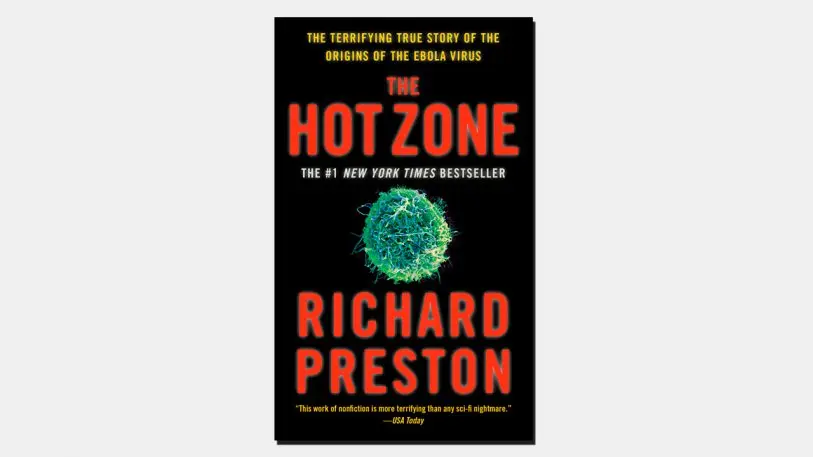
The Hot Zone
Richard Preston
If Stephen King called this “one of the most terrifying things I have ever read,” you can guarantee that The Hot Zone isn’t just about true-life events that sound stranger than fiction, but is also an incredibly well-written page-turner. Preston’s incredible in-depth reporting details the origins and cases involving viral hemorrhagic fevers, particularly Ebola viruses and Marburg viruses—and drives the point home that their spread is often due to human error (ahem). But the viruses chronicled in this book are particularly relentless in their infection, able to consume a human body in days and causing a gruesome death, making for a nonfiction book that reads more like a horror story. Buy at Amazon.

Typhoid Mary: Captive to the Public’s Health
Judith Walzer Leavitt
We’ve all heard that we might have COVID-19, even if we don’t have symptoms. This is the story of one critical carrier who drastically changed a nation’s culture and public health system in the face of a virus. Walzer Leavitt tells the remarkable and tragic story of Mary Mallon, an Irish immigrant cook, who became known as “Typhoid Mary” when she presumably infected 51 others with the deadly disease. This book chronicles both her life during the typhoid outbreak as the poster “healthy carrier” of Salmonella typhi, and her life-long isolation from the public until her death 30 years later. Buy at Amazon or Barnes and Noble.
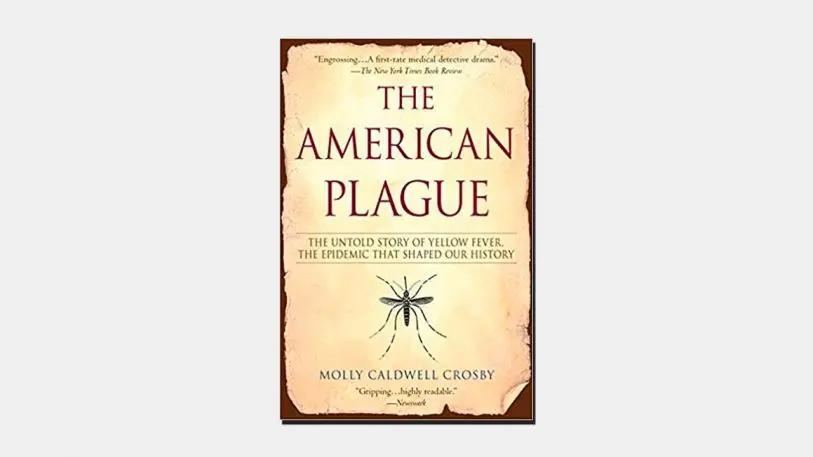
The American Plague
Molly Caldwell Crosby
This journalistic account, reported and written by Molly Caldwell Crosby, explores how yellow fever reshaped history—paralyzing governments, halting commerce, quarantining cities, moving the U.S. capital, and altering the outcome of wars. Sound sort of familiar? This compelling read also tells the story of the U.S. government’s mission to discover how yellow fever was spread by sending three doctors to Cuba to launch one of history’s most controversial human studies, making this tale just as much about human nature as it is about the nature of disease. Buy at Amazon or Barnes and Noble.
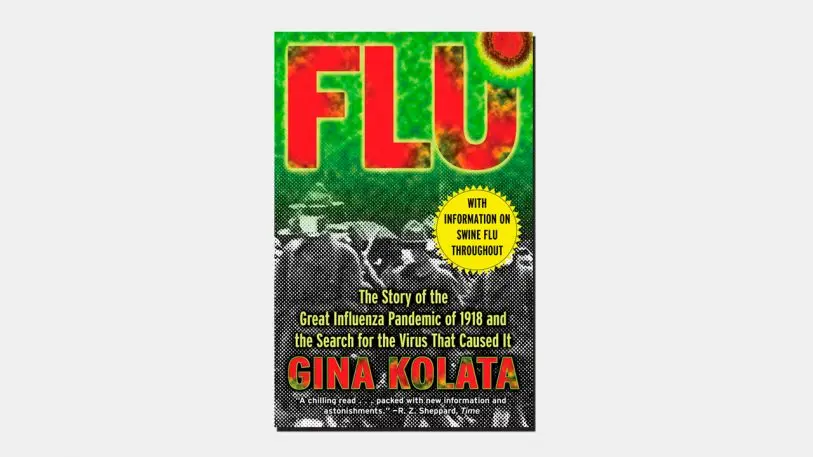
Flu
Gina Kolata
As common as the flu is today, no other “common” illness has caused as much research and death as it has—due to its ability to change. And as one of the shorter reads on this list, Gina Kolata’s Flu does an excellent job of chronicling the deadly pandemic of 1918 (when, by some estimates, 500,000 people died in the United States and 20 million people died worldwide), the outbreak of 1976 (which occurred when the United States developed a vaccine against a viral descendant of the 1918 virus that got out of hand), and the avian influenza outbreak in 1997 in Hong Kong (which was a not-so-subtle reminder that we are always at risk for another pandemic). All in all, this book is a reminder of the competition, disappointment, and ingenuity that occur in finding both the virus and the cure. Buy at Amazon.

And the Band Played On: Politics, People, and the AIDS Epidemic
Randy Shilts
An international best-seller, And the Band Played On has been heralded as a masterpiece in investigative reporting, thanks to the dedication of journalist Randy Shilts. Shilts’s reporting uncovered why AIDS was allowed to spread unchecked during the early 1980s as trusted medical institutions and the government turned a blind eye to the threat. After its publication, this book changed how AIDS was discussed, treated, and culturally framed in the United States. Today, it remains an essential read in times like these (and times unlike these) as a perspective on how we approach illness and humanity. Buy at Amazon or Barnes and Noble.
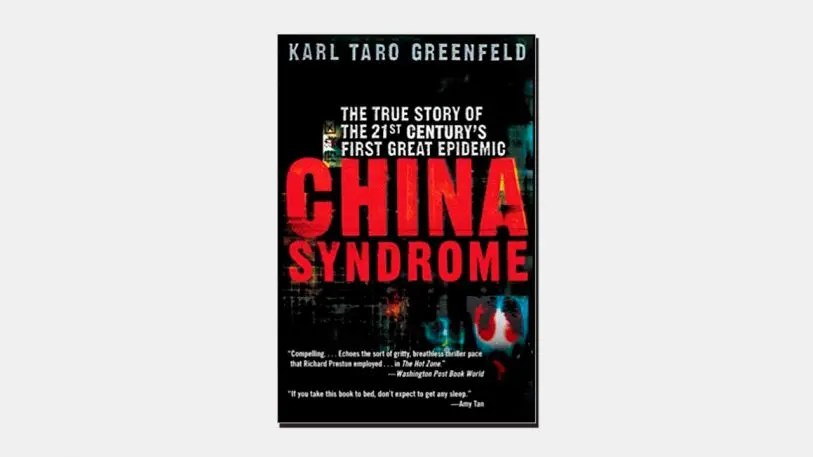
China Syndrome
Karl Taro Greenfeld
As the Los Angeles Times put it: “China Syndrome is a fast-moving, truth-is-stranger-than-fiction thriller that doubles as an excellent primer of emerging infections for scientists and laypeople alike. But that’s not all. For readers more captivated by world politics than by microbiology, its chief strength, beyond the superb writing, is a detailed look at China’s culture of secrecy in the throes of a global public health crisis.” Written by journalist Karl Taro Greenfeld—who was the editor of Time Asia at the time—this book was the first to document the SARS outbreak in China in 2003. While not as fast-paced as The Hot Zone, Greenfeld’s work does do a great job of explaining what SARS (caused by a coronavirus similar to the one that causes COVID-19) is and how it was dealt with, as well as exploring what the living conditions were like for those who contracted the illness. This book hammers home how a coronavirus spread, and how important good living standards are to slowing it. Buy at Amazon or Barnes and Noble.
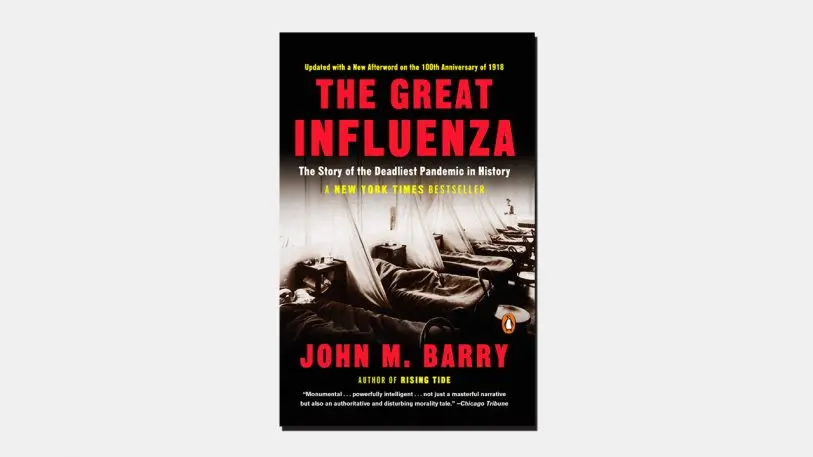
The Great Influenza
John M. Barry
This book is a monumental one, which provides a depth of perspective and research on the most lethal influenza outbreak in history, as well as the morality surrounding a pandemic. John M. Barry writes with precision, making the pages go by quickly before concluding: “The final lesson of 1918, a simple one yet one most difficult to execute, is that . . . those in authority must retain the public’s trust. The way to do that is to distort nothing, to put the best face on nothing, to try to manipulate no one. Lincoln said that first, and best. A leader must make whatever horror exists concrete. Only then will people be able to break it apart.” Buy at Amazon.
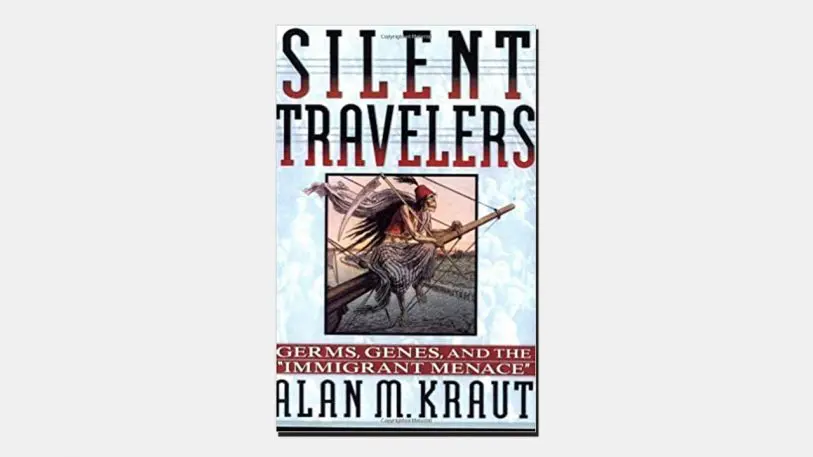
Silent Travelers: Germs, Genes, and the “Immigrant Menace”
Alan M. Kraut
Alan M. Kraut is University Professor of History at American University and a nonresident fellow of the Migration Policy Institute, making him a highly qualified and sound source on a topic that is one of the most complicated in a time of pandemic: how people do—and how people are allowed to—move. Historically, immigrants have suffered a destructive association to illness—from the Irish in New York being wrongly blamed for the cholera epidemic of 1832, to Chinese immigrants in San Francisco being accused of causing the bubonic plague in 1900, to Haitians in Miami being marked as AIDS carriers in the 1980s—and Kraut details each of these histories thoroughly and poignantly. This book also goes beyond to a place that we don’t consider often enough: how our interpretation of “outsiders” and illness broadly affects immigration policies, healthcare, the workplace, and education. Buy at Amazon or Barnes and Noble.
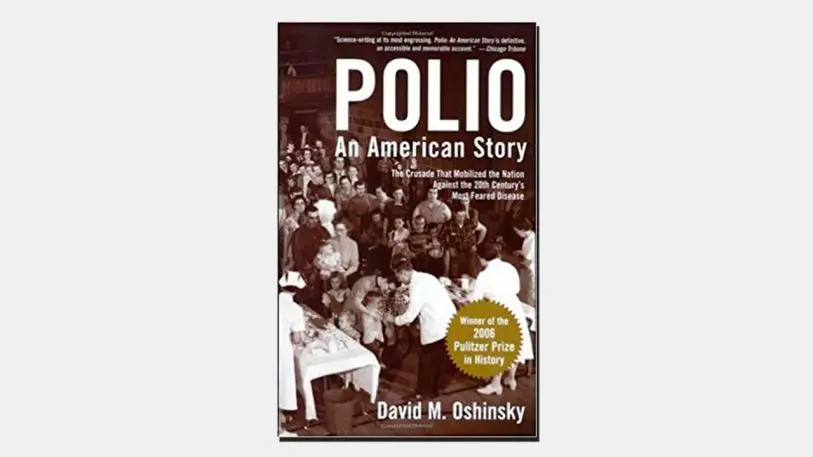
Polio: An American Story
David M. Oshinsky
This book won the Pulitzer Prize for History and should go on your reading list. Author David Oshinsky details the riveting social history of the polio terror and the intense effort to find a cure, covering everything from the March of Dimes to the discovery of the Salk and Sabin vaccines, in a manner more thorough than ever before. Much of Oshinsky’s research for this book came from the recently released papers of Jonas Salk, Albert Sabin, and other key players in the hunt for a polio cure, allowing Oshinsky to shed light on the intense rivalry between the two. This book also reveals an often unheard-of character—Isabel Morgan—who might have beaten Salk to the cure if she had not retired to raise a family. Buy at Amazon or Barnes and Noble.

The Private Science of Louis Pasteur
Gerald L. Geison
If biographies are your thing, we suggest you pick up this book. Between its covers, Geison uncovers the secrecy and controversial practices that have shrouded the work of Louis Pasteur, the French biologist, microbiologist, and chemist known for his discoveries of vaccination, microbial fermentation, and pasteurization. With the use of Pasteur’s laboratory notebooks (which were made available only recently) Geison is able to recount Pasteur’s most famous contributions to science—as well as their dark sides. This book allows one historical character’s tale to tell us a little bit more about the social and ethical dimensions of science—and the scrutiny that most achievements deserve. Buy at Amazon or Barnes and Noble.
Looking for more recommendations? Check out our other handpicked suggestions.
- Getting sick of your screen? Try these 11 family-friendly board games
- Do all-natural soaps and cleaners work against COVID-19?
- Need a natural light pick-me-up? Try these wellness light bulbs
- Feeling anxious? This weighted comforter might chill you out
- The sex toy pioneer behind Dame products talks the importance of fulfillment and sexuality
- Kids stuck at home? Here are 5 perfect Chromebooks for homeschooling and play
Fast Company may receive revenue for some links to products on our site.
Recognize your brand’s excellence by applying to this year’s Brands That Matter Awards before the early-rate deadline, May 3.
